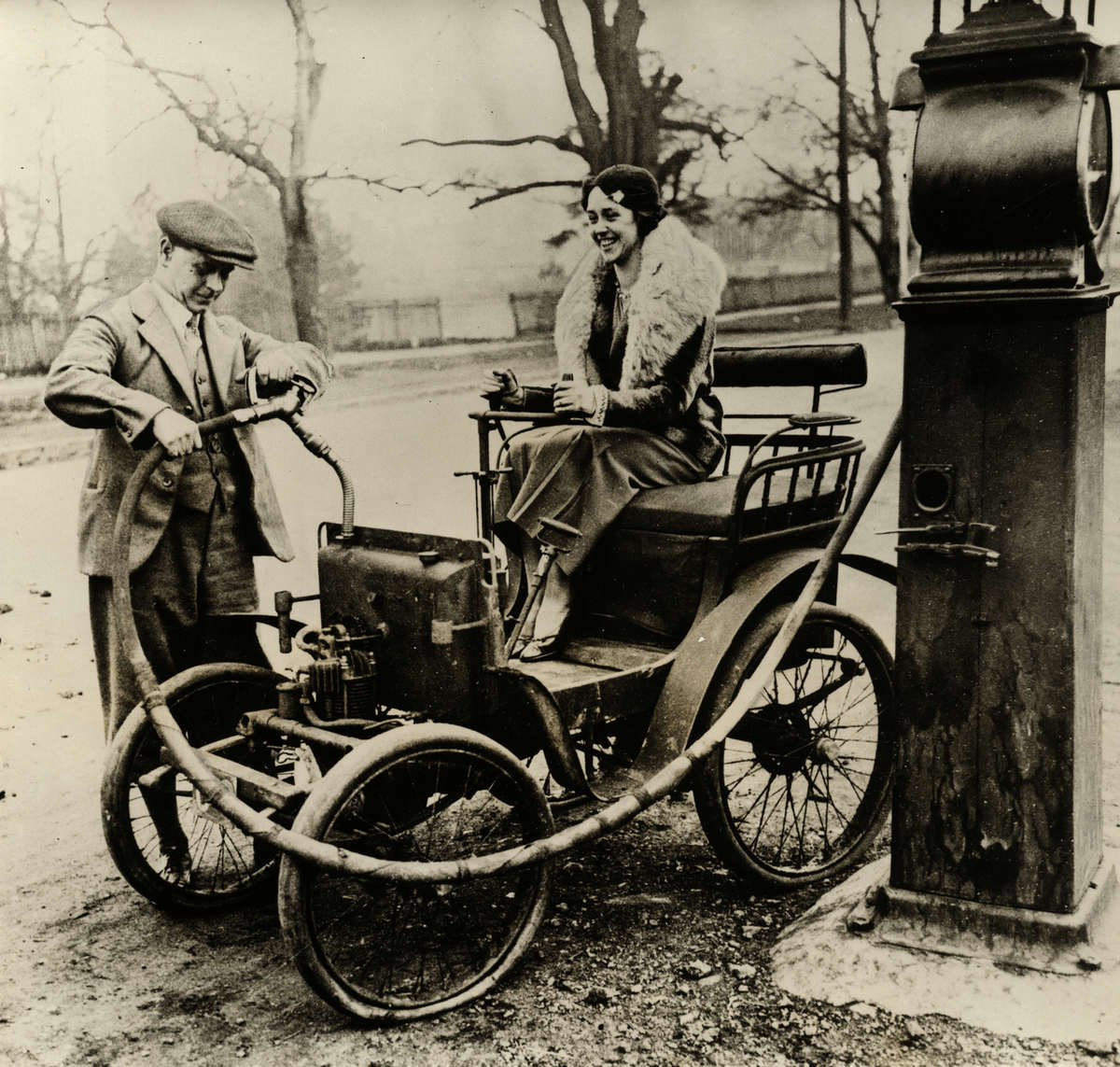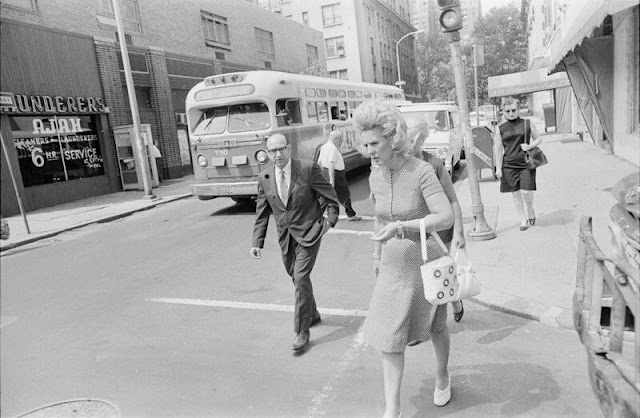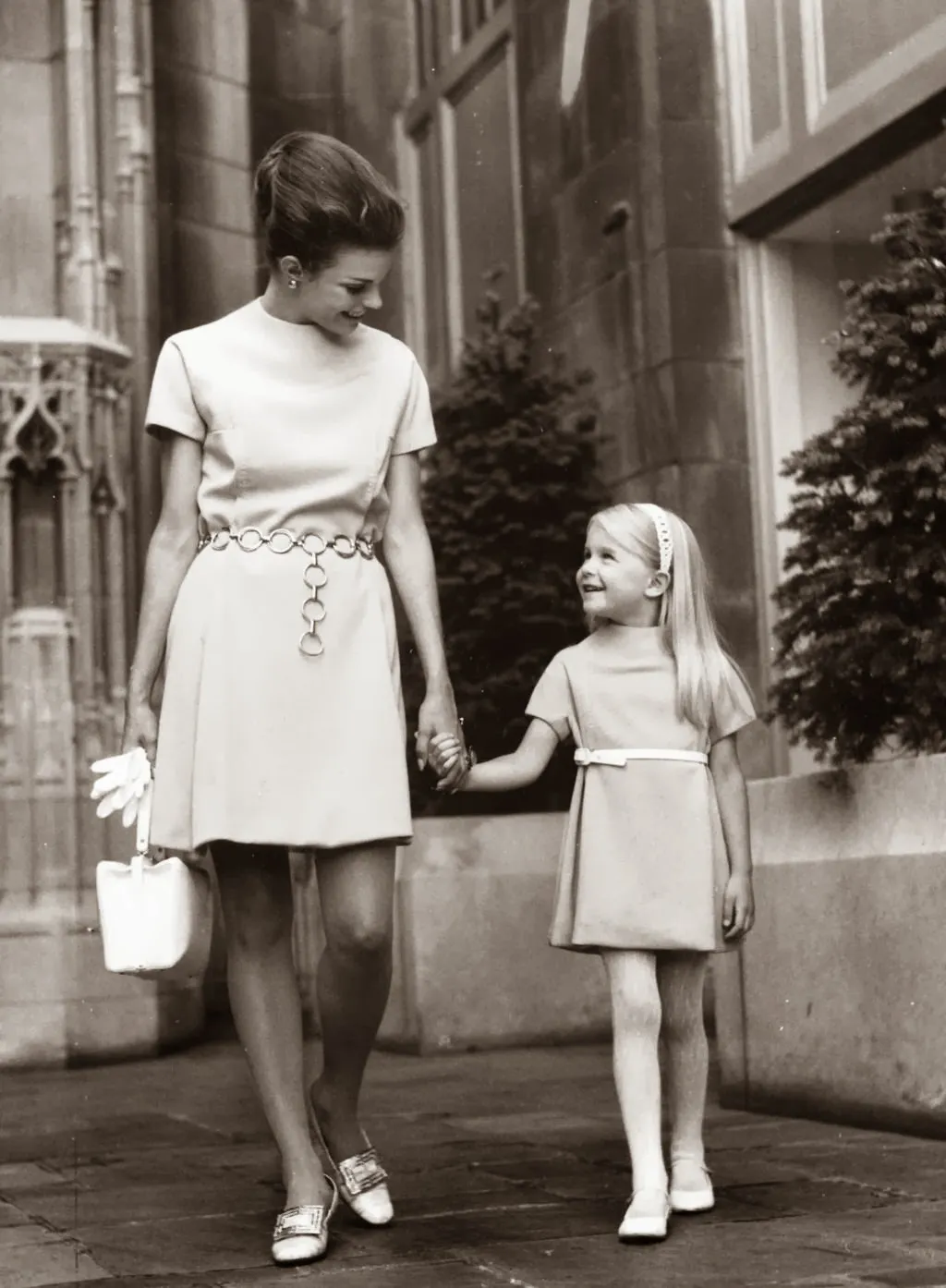The Industrial Revolution proved to be responsible for both the rise and collapse of the heavy horse in America. Demand for draft animals was spurred on by the growing transportation, construction and agricultural needs of the nation. The last half of the 19th century made draft horse breeding both essential and profitable. Massive importations from Europe took place. The period also ushered in the development of the present day breeds of heavy horses. The number of horses and mules in The United States peaked in 1920, at about 26 million. The groundwork for today's agriculture had been laid.
The horse lost the battle of the streets to the automotive industry rather quickly. As for the battle of the agricultural fields, it fought very tenaciously, but eventually yielded in most cases to greatly improved tractor power. By 1950, it was indeed, on thin ice. “Get big or get out” was heard across the nation and many did just that. It appeared to many that the draft horse was destined for the museum, a relic of days gone by.
Since that time, the draft breeds have not only stabilized their numbers, but once more enjoy a thriving trade. The fact that the old order Amish decided in the ’20s to reject tractor power in the fields was a considerable factor, as were the dedicated breeders that had produced these splendid breeds.
.jpeg) |
| Michigan circa 1890s. "Logging a big load." Continuing our Michigan travelog. 8x10 inch dry plate glass negative, Detroit Publishing Company. |
.jpeg) |
| A horse is hauling a sled loaded with 4-foot logs in the Green River forest. This load was transported near a water stream. Loggers then piled the logs along the streams for the spring drive. |
.jpeg) |
| Load of White Pine Logs. |
.jpeg)
.jpeg) |
| Horses pulling sledge loaded with logs in Bell Lumber & Pole and Bell Timber Inc. |
.jpeg) |
| Motichka Logging of the Flathead Valley in Montana is shown with 18,000 feet of logs on this log hauling bobsled. Photo is courtesy of my friend Myron Motichka |
.jpeg) |
| Black and white stock photo of a team of horses on the government railway, hauling a sleigh of logs, 35 miles from Seward, Alaska, between 1900 and 1930. |
.jpeg) |
| A team of horses is pulling logs in this 1940s era logging photo. A typical scene of small operation logging in Western America in the middle of the last century. |
.jpeg) |
| A logging crew poses on a sled pulled by a horse team. The numbers written on the logs represent the number of board feet in each log. Langlade County Historical Society. |
.jpeg)
.jpeg) |
| In the 1940s a horse is ready to leave with a load of logs for the nearest stream . Then, loggers pile the timber near the streams of Green River, preparing for the spring drive. |
.jpeg) |
| Loggers use a sled and team of horses to haul a huge load of logs out of the forest. Circa 1908. |
.jpeg) |
| Wisconsin Historical Images Horses Pulling Logs |
.jpeg) |
| A horse team pulling a large log which appears to be suspended from a frame attached to two wheels approximately ten feet in diameter, ca. 1900 |
.jpeg) |
| Jack Beck using a horse to pull a log on upper Wearyman Creek for Warren Brothers & Robinson Sawmill. |
.jpeg) |
| Washington, D.C., circa 1914. "Three-horse team pulling water tower." A fire truck racing past the Tea Cup Inn on F Street. Harris & Ewing. |
.jpeg)
.jpeg)
.jpeg) |
| Horses pulling sledge loaded with logs |
.jpeg)
|
| Horse team pulling a log jinker in High Street, ca. 1920. |



